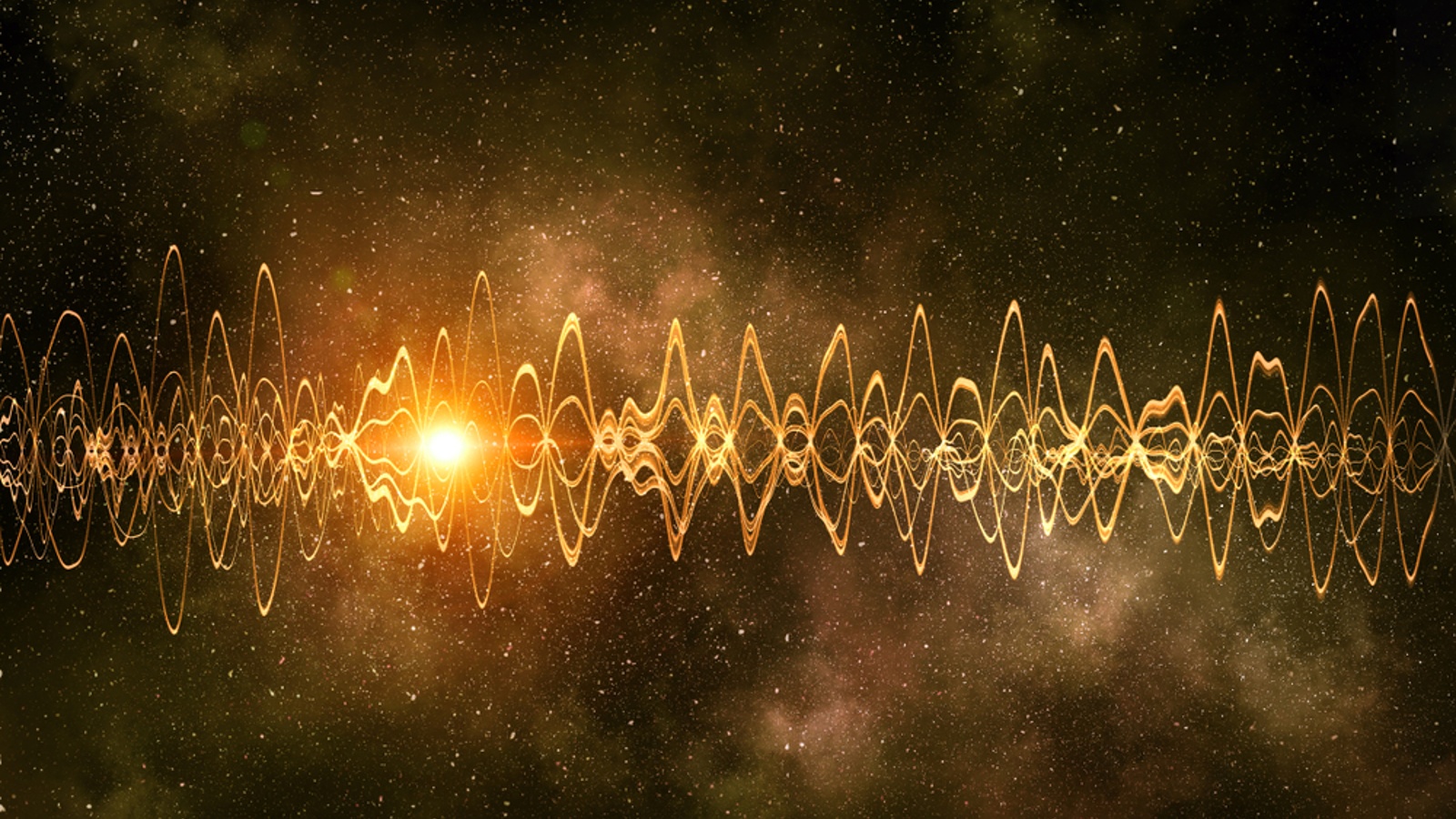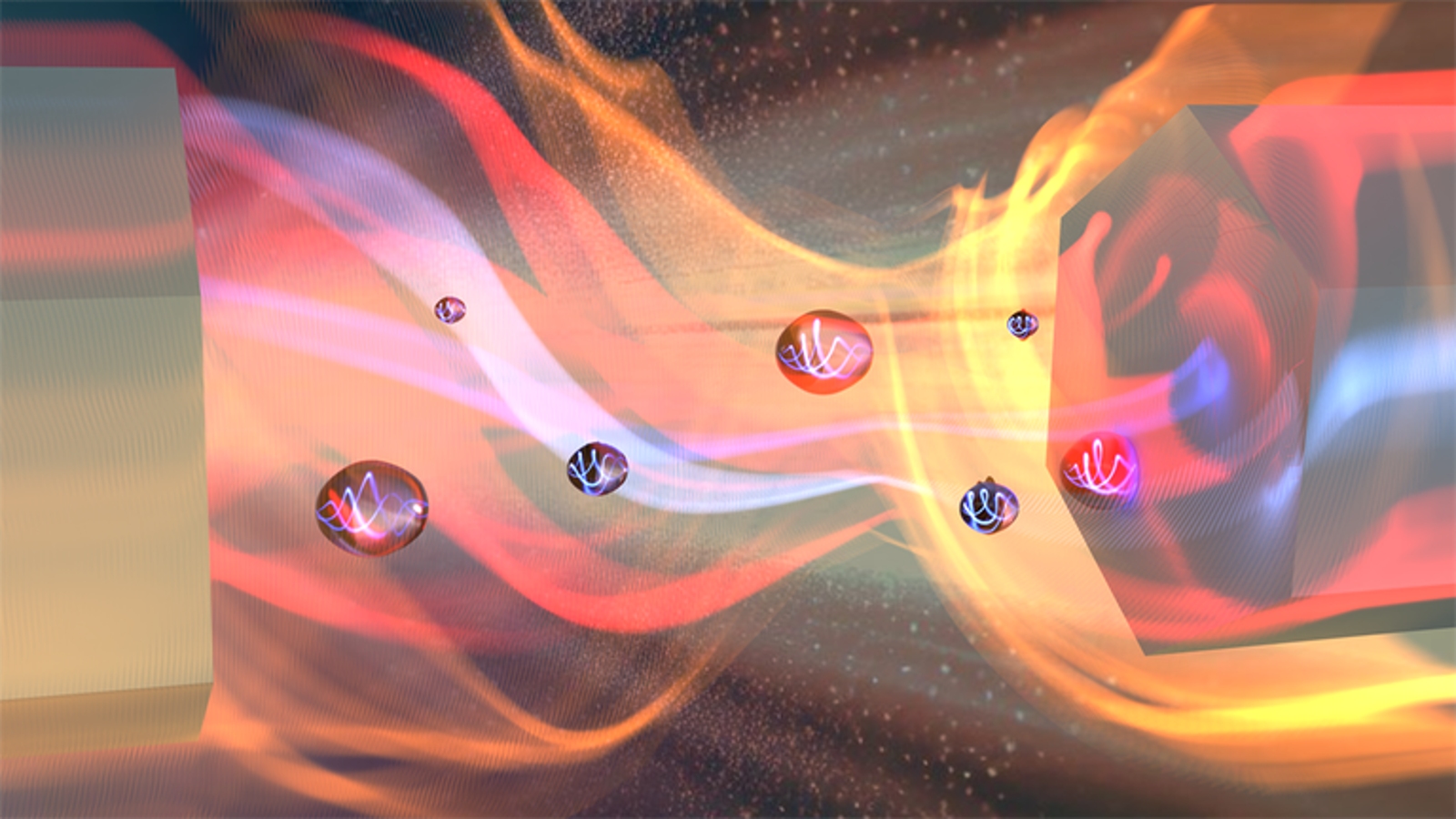Turns out you can transmit sound in a vacuum, just not very far
For the first time, researchers were able to transmit, or "tunnel," sound waves across extremely small distances between two crystals in a vacuum.

For the first time, scientists have shown that sound can travel through the emptiness of a vacuum. However, the rule-breaking trick requires specific circumstances and can only be carried out over extremely small distances.
The iconic tagline of the 1979 sci-fi film "Alien" tells us that "in space no one can hear you scream." This was based on the fact that space is a vacuum, a region devoid of any particles. Sound waves travel by vibrating through the particles of a medium, such as air or water, from a source to a receiver. So in a vacuum, there is no travel medium. (Outer space is not actually a total vacuum because it does contain small amounts of gas, plasma and other particles. But this matter is surrounded by vast swathes of emptiness.)
But in a new study, published July 14 in the journal Communications Physics, researchers showed that sound can move through a vacuum. Unfortunately for space explorers being hunted by aliens, this does not extend to human screams.
In the new experiment, researchers transmitted, or "tunneled," sound waves across a vacuum between two zinc oxide crystals by transforming the vibrating waves into ripples within an electric field between the objects.
Related: Physicists mimic gravity inside the sun using sound waves

A zinc oxide crystal is a piezoelectric material, which means that when force or heat is applied to it, the material produces an electrical charge. Therefore, when sound is applied to one of these crystals, it creates an electrical charge that disrupts nearby electric fields. If the crystal shares an electric field with another crystal, then the magnetic disruption can travel from one to the other across a vacuum. The disruptions mirror the frequency of the sound waves, so the receiving crystal can turn the disruption back into a sound on the other side of the vacuum.
However, the disruptions cannot travel a distance greater than the wavelength of a single sound wave. In theory, this works with any sound no matter how small the wavelength of that sound is, as long as the gap between the crystals is small enough.
Breaking space news, the latest updates on rocket launches, skywatching events and more!
The method is not always reliable. In a large percentage of the experiments, the sound was not perfectly transmitted between the two crystals: parts of the wave were warped, or reflected, as it passed through the electric field, the researchers found. However, occasionally the piezoelectric crystals perfectly transmitted the entire sound wave.
"In most cases the effect [sound transmitted] is small, but we also found situations, where the full energy of the wave jumps across the vacuum with 100 % efficiency, without any reflections," study co-author Ilari Maasilta, a material physicist at the University of Jyväskylä in Finland, said in a statement.
The finding could one day help develop microelectromechanical components, like those found in smartphones and other technology, the researchers said.
This story was originally published on Live Science.

Harry is a U.K.-based staff writer at Live Science. He studied Marine Biology at the University of Exeter (Penryn campus) and after graduating started his own blog site "Marine Madness," which he continues to run with other ocean enthusiasts. He is also interested in evolution, climate change, robots, space exploration, environmental conservation and anything that's been fossilized. When not at work he can be found watching sci-fi films, playing old Pokemon games or running (probably slower than he'd like).

